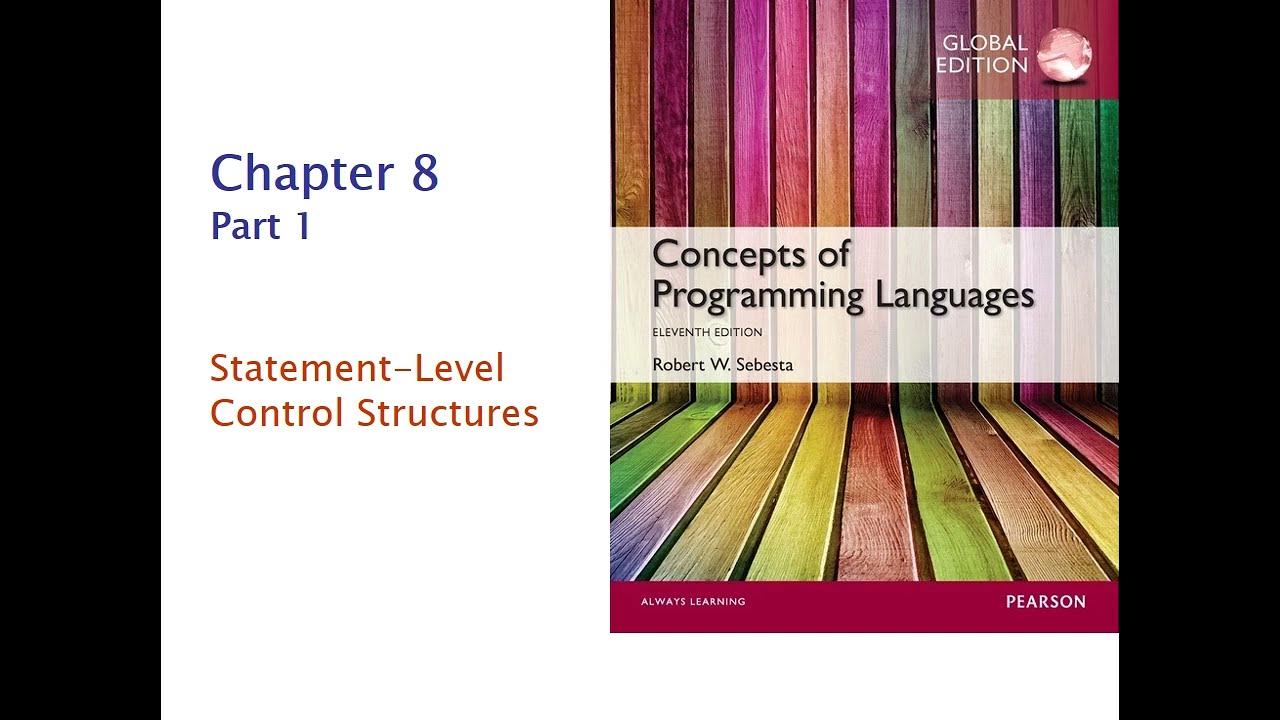5 Simple Steps for Solving Dynamic Programming Problems
Summary
TLDRThis video delves into the fundamentals of dynamic programming, focusing on common subproblem structures across various challenges. It discusses the significance of ordered subsequences, the complexities of handling sequences in random order, and the nuances of two-dimensional arrays. The speaker emphasizes the importance of practice in honing dynamic programming skills, encouraging viewers to engage with real problems for mastery. By presenting relatable examples, such as the Longest Increasing Subsequence and Box Stacking problems, the video aims to equip viewers with practical strategies to tackle dynamic programming effectively.
Takeaways
- 😀 Dynamic programming involves solving problems by breaking them down into simpler subproblems.
- 📊 Common subproblem structures include finding ordered subsequences within a sequence of length n.
- 🔄 A variation involves sorting random sequences before identifying subsequences, similar to the box stacking problem.
- 👥 Complex subproblems may require working with two sequences simultaneously and finding appropriate subsequences from both.
- 🔍 Expanding from the middle of a sequence is a unique but less common type of subproblem.
- 📐 In two-dimensional problems, the focus often shifts to identifying sub-matrices of smaller dimensions.
- 💪 Practice is essential for improving dynamic programming skills; experience is gained through diligent problem-solving.
- ⏳ Engaging with a variety of problems helps deepen understanding and application of dynamic programming techniques.
- 📚 The speaker encourages viewers to actively seek out more content and support through channels like Patreon.
- 👍 Viewers are urged to like and subscribe for more informative content on dynamic programming.
Q & A
What is dynamic programming?
-Dynamic programming is a method used in computer science to solve complex problems by breaking them down into simpler subproblems, which can be solved independently and combined to find the solution to the original problem.
How does the concept of subproblems relate to dynamic programming?
-In dynamic programming, subproblems are essential as they represent the smaller instances of the main problem that need to be solved to construct the solution to the larger problem.
What are some common types of subproblems mentioned in the video?
-Common types of subproblems include ordered subsequences, two sequences for finding appropriate subsequences, random sequences requiring sorting, and expanding from the middle of a sequence.
Can you explain the longest increasing subsequence problem?
-The longest increasing subsequence problem is a classic example of dynamic programming where the goal is to find the longest subsequence of a given sequence in which the elements are in increasing order.
What is the significance of the box stacking problem in the context of dynamic programming?
-The box stacking problem exemplifies how dynamic programming can be applied to sort a sequence and then solve a subsequence problem by stacking boxes based on certain criteria.
What is meant by expanding from the middle of a sequence?
-Expanding from the middle refers to a unique subproblem structure where you consider a central point in a sequence and explore potential solutions by moving outward from that point.
How are two-dimensional arrays treated in dynamic programming?
-In dynamic programming, two-dimensional arrays are often analyzed by looking for submatrices of smaller dimensions, which can represent simpler versions of a more complex problem.
What is the best way to improve dynamic programming skills according to the video?
-The best way to improve dynamic programming skills is through consistent practice with various problems and examples, allowing one to build experience and understanding.
Why is it important to recognize different subproblem structures?
-Recognizing different subproblem structures is crucial as it helps in identifying the most efficient way to approach and solve a given dynamic programming problem.
What does the speaker suggest at the end of the video?
-At the end of the video, the speaker encourages viewers to like the content, subscribe for more, and consider supporting the channel on Patreon for continued educational resources.
Outlines

This section is available to paid users only. Please upgrade to access this part.
Upgrade NowMindmap

This section is available to paid users only. Please upgrade to access this part.
Upgrade NowKeywords

This section is available to paid users only. Please upgrade to access this part.
Upgrade NowHighlights

This section is available to paid users only. Please upgrade to access this part.
Upgrade NowTranscripts

This section is available to paid users only. Please upgrade to access this part.
Upgrade NowBrowse More Related Video
5.0 / 5 (0 votes)





